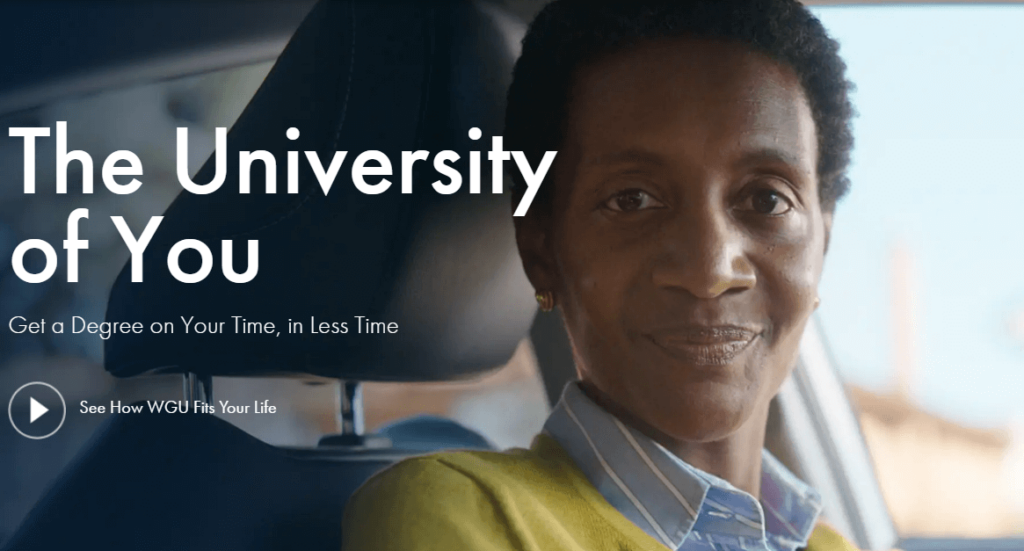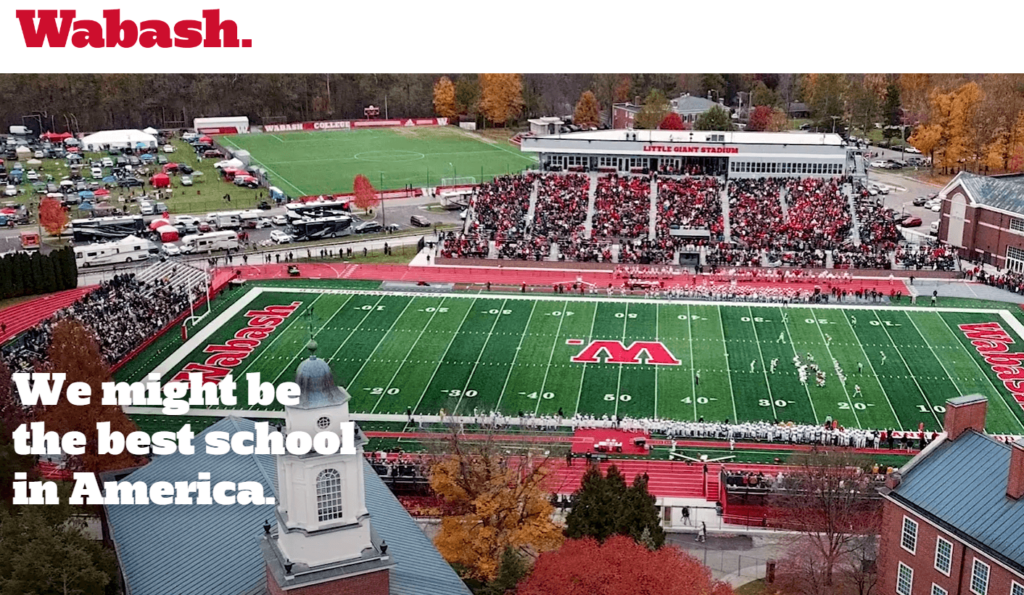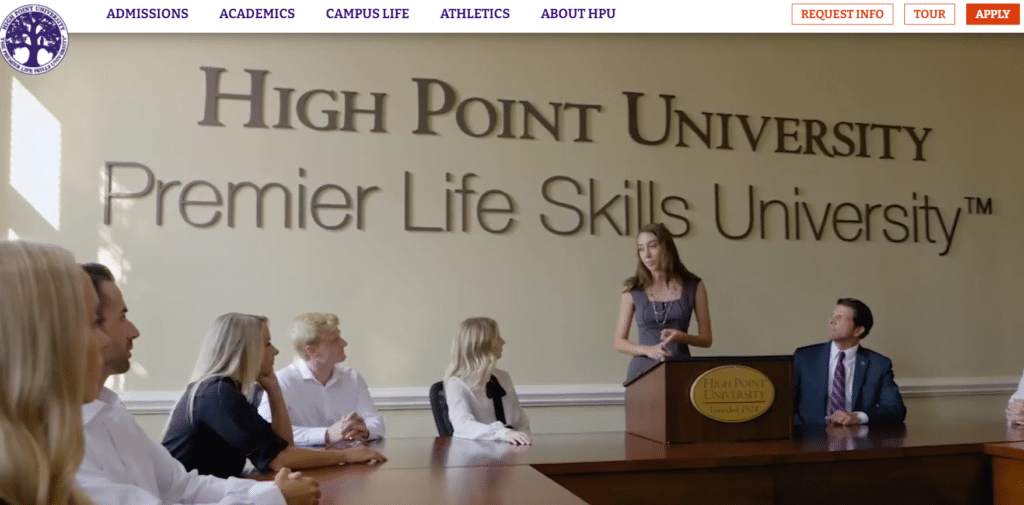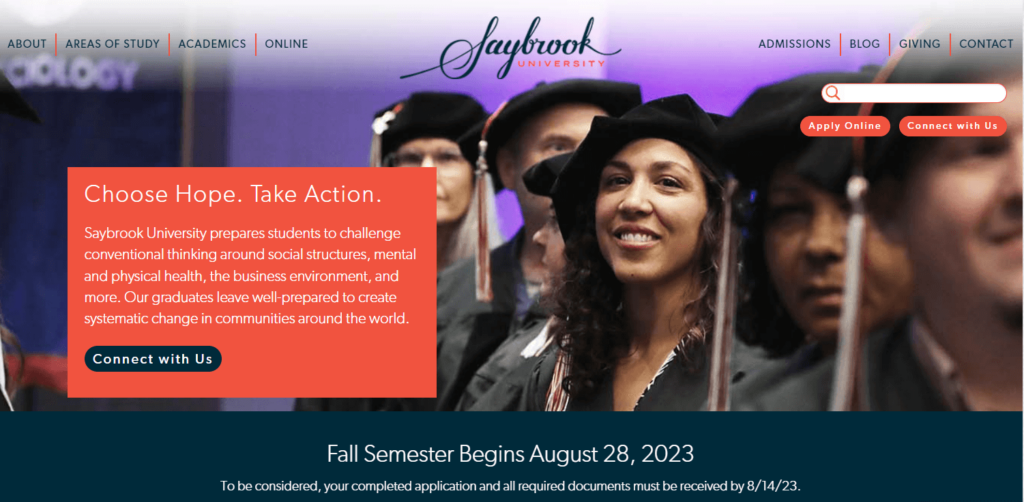How to Appear on Google’s AI Search: A GEO Strategy for Colleges and Universities
Discover how colleges can use GEO to appear on Google’s AI Search—boosting visibility, trust, and brand recognition with mission-fit students.
Branding
Your brand is at the heart of all your efforts as a marketer. Ideally, it helps you craft your messaging, identify your audience, and steers you toward certain strategies and approaches and away from others.
I’ve written recently about how you can evolve your brand and why you might need to do so.
But what does it take to have an effective brand in the first place?
We’ll approach that question by looking at five examples of higher ed brands that are doing something right. Each illustrates a distinct component of an effective brand.
Put them all together, and you have a powerful formula for a brand that can provide coherence and direction for your marketing efforts and maximize your chances of reaching your intended audience of mission-fit students.
Let’s take a look.

Western Governors University is one of the largest online universities, with well over 100,000 students. A veteran of the competitive online landscape, they have developed a carefully focused website with consistent messaging that’s hard to miss.
The above screenshot is the hero section of their site. The headline defines the gist of the school very simply while the subheader gives us a bit more detail about what that means. Essentially, this is a school that is oriented around meeting the audience’s needs and making a degree easy to get.
Scroll down the page and you’ll see this theme reinforced throughout in the way they let you look for programs, the features they highlight, and the alumni stories they tell.
The attribute I want to highlight here?
It’s clear.
When a school has an effective brand, you know right away what it is and what it means.
In a time when attention spans grow ever shorter and skimming is the primary way web content is consumed, presenting your message with clarity is key to engaging your audience quickly and helping them decide whether they want to explore further.

Head to the website for Wabash, a small, all-male liberal arts college in Indiana, and above the fold you’ll see the simple message, “We might be the best school in America.”
I don’t know about you, but that gets my attention. Scrolling down, the page tries to back up this claim with lots of data. We see a set of rankings, like number 2 in the list of best alumni networks and number 3 in best internship opportunities. Four comparatives expand on the idea: We learn more, we earn more, we lead more, and we play more.
What do I notice about this brand? It’s compelling. In other words, the promise the brand is communicating is something lots of people naturally care about. They are saying, essentially, “This is a great place that produces great outcomes in the areas that matter.”
The focus on outcomes is no accident. We spoke with Dr. Scott Feller, President of Wabash College, on the Higher Ed Marketer Podcast and he explained their approach:
”We really lead with outcomes. Traditionally, as small liberal arts colleges, we tend to lead with what we are, not what we get done. Everyone says they’re a unique, small community. And they’re right! But at the end of the day, I think students and their families want to know, “What is going to be my experience through and after Wabash College?”
The lesson for your brand? Give people a reason to care. Talking about outcomes can make this concrete.

This Christian college of about 5,000 students in High Point, North Carolina bills itself as “The Premier Life Skills University.” To call yourself the “premier” anything is usually tough to pull off convincingly. In this case, however, you don’t see many schools emphasizing this idea of life skills. Job skills, yes. But they mean something a bit different.
When you explore their site you’ll see they have put a lot of thought into what life skills are (they are basically the soft skills many employers say are hard to find) and how their curriculum and campus experiences are designed to foster them. I don’t know if they are the premier school that does this, but they certainly seem to have worked hard to flesh out this idea of life skills and build their programs around it.
What their brand is doing effectively here is identifying something distinctive about their institution. When I talk to schools about their brand I always want to know what it is that makes them unique. People often think first of things like small class sizes, caring community, job-focused programs, etc.
But these are things many schools could talk about.
When it comes to your brand, you want to zero in on those things that truly set you apart from others in your peer group.
This isn’t always easy. As William Faust, Senior Partner and Chief Strategy Officer at Ologie explained,
“It’s just diving deep. You just can’t do it on the surface because on the surface a lot of schools look the same.”
So take the deep dive and look for the unique value your school brings to the table.
The University of Wyoming is situated in the wind-swept city of Laramie, on the edges of civilization as far as most students are concerned. In this brilliant marketing campaign, however, they manage to connect the foreignness of their location and its culture with relevant aspirations by expanding the idea of what a “cowboy” is into a universal type anyone can embody. Take a moment to watch the video and you’ll see what I mean.
What’s the virtue this brand exhibits? It’s creative. It’s different from what you are used to seeing in higher ed marketing and is effective in at least getting the audience to wonder if there isn’t more to the University of Wyoming than they may have guessed.

It’s tempting, when thinking about your brand, to work from your audience back to your school. What I mean is this: you start with figuring out what the audience wants and then create a brand you think will appeal to them.
To a certain extent, this feels unavoidable. You do need to at least consider how you will communicate who you are and which features of your identity you should emphasize given the students you hope to attract.
And yet, though your brand can and should evolve in this way, it is vital that it stays firmly rooted in the reality of who your institution is. Otherwise, you’re marketing a product that doesn’t exist — and you’ll wind up with lots of unhappy students who fell prey to a bait-and-switch.
In the case of Saybrook University, we encounter what seems to be a brand message deeply rooted in not only the school’s current configuration but also its history and founding vision.
The school began in the 1970s as a graduate program in psychology that bucked the current trends in established academic institutions both in terms of its curriculum and its format. It offered a form of distance education long before many others because the founders were committed to bringing about social change by making education more accessible to those who traditionally weren’t able to take advantage of it.
This same ethos shows up in their messaging and their practice today. Look at the text from the homepage above:
“Saybrook University prepares students to challenge conventional thinking around social structures, mental and physical health, the business environment, and more. Our graduates leave well-prepared to create systematic change in communities around the world.”
What do I see here? Authenticity. This isn’t a branding campaign they thought up in response to the current trendiness of themes like social justice. This is who they’ve always been. It runs deep.
Focusing on that ethos has helped the school see remarkable growth in the past several years. Dr. Nathan Long, Saybrook University’s President, sees this focus as a strategic advantage:
“When we focus on talking about who we are, what our legacy is, what our mission is, why we have so much to offer to our students, and talking about the value proposition as a small, nonprofit private, the sky’s the limit.”
As we noted at the outset, your brand is foundational. If you want to make sure it is doing all it can for you, use the examples we’ve looked at here for inspiration and take a careful look at your own brand. Is it:
If not, maybe now is a great time to think about how you might strengthen it in one or more of these areas.
Think you could use a little help? Let’s talk.
You’re in luck! We’ve curated 25 awesome ideas inspired by top higher ed institutions across the country and put them in one handy guide: 25 Ideas for Great Admissions Content.
 In this popular resource from Caylor Solutions, you’ll get…
In this popular resource from Caylor Solutions, you’ll get…
Get inspired.
Get enrollment results.
Get 25 Ideas for Great Admissions Content.
Download your copy today!
Featured image via wabash.edu
Subscribe to The Higher Ed Marketer podcast today!